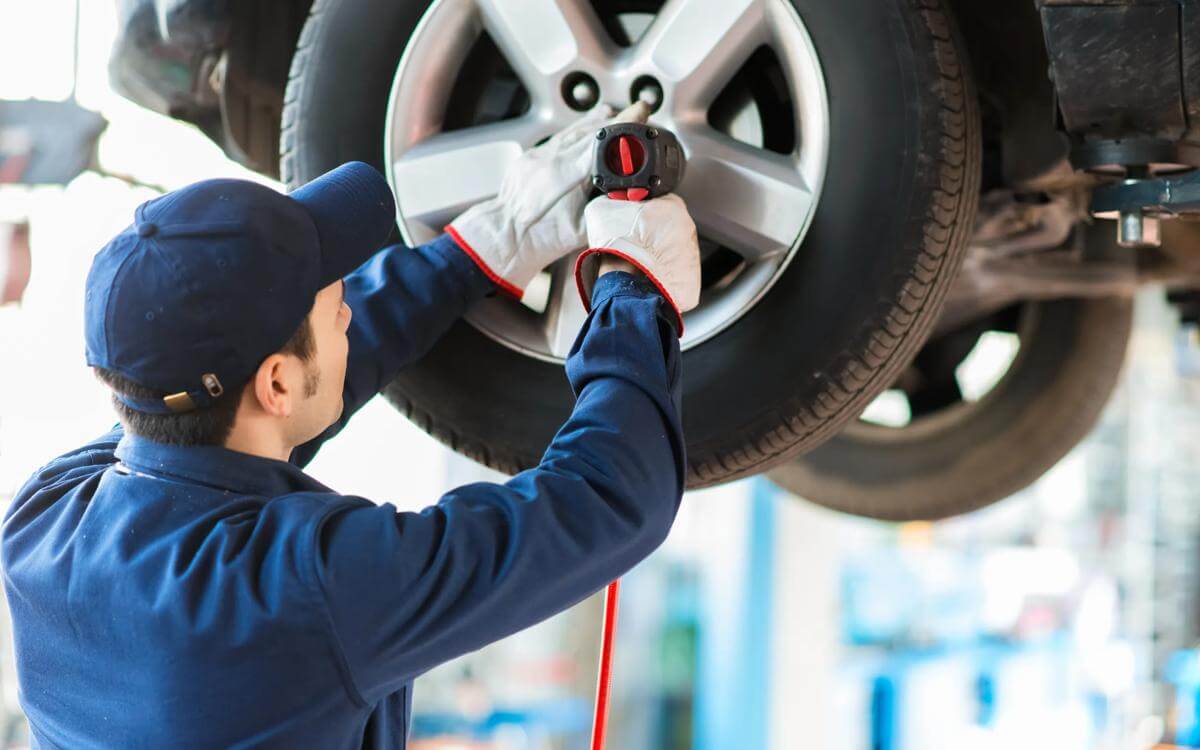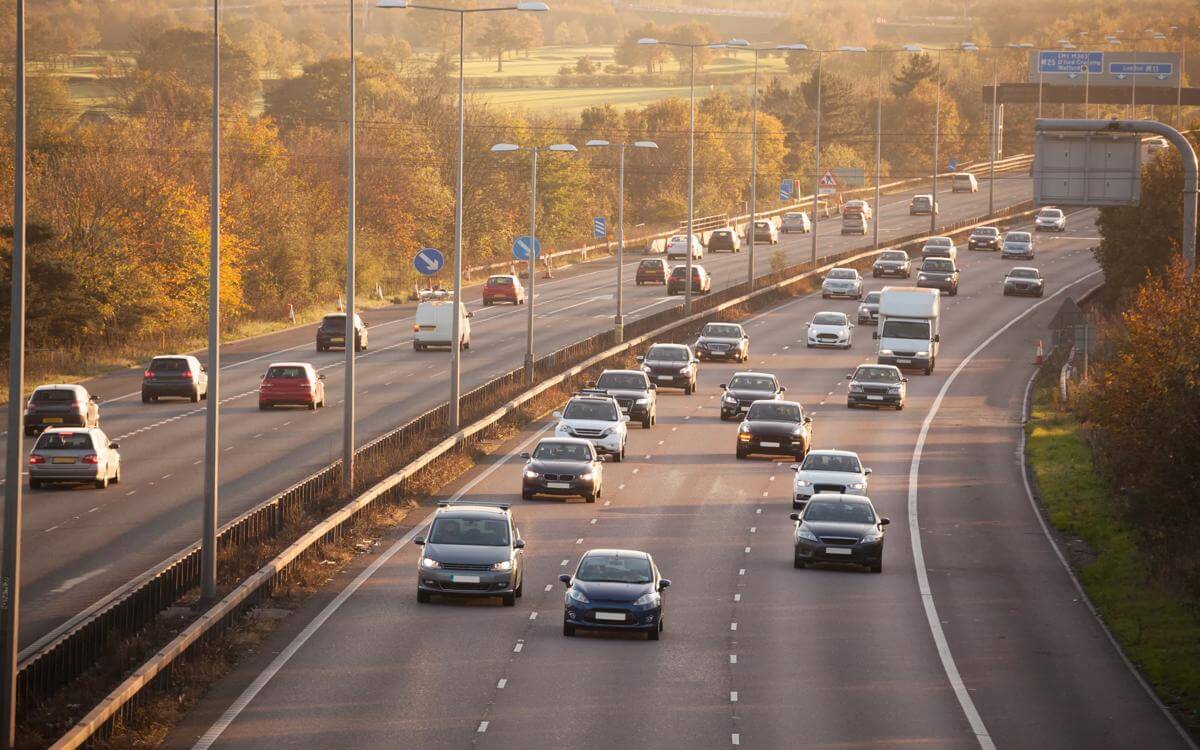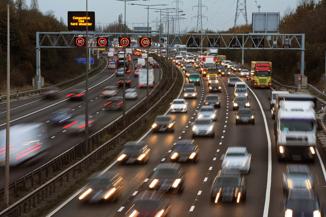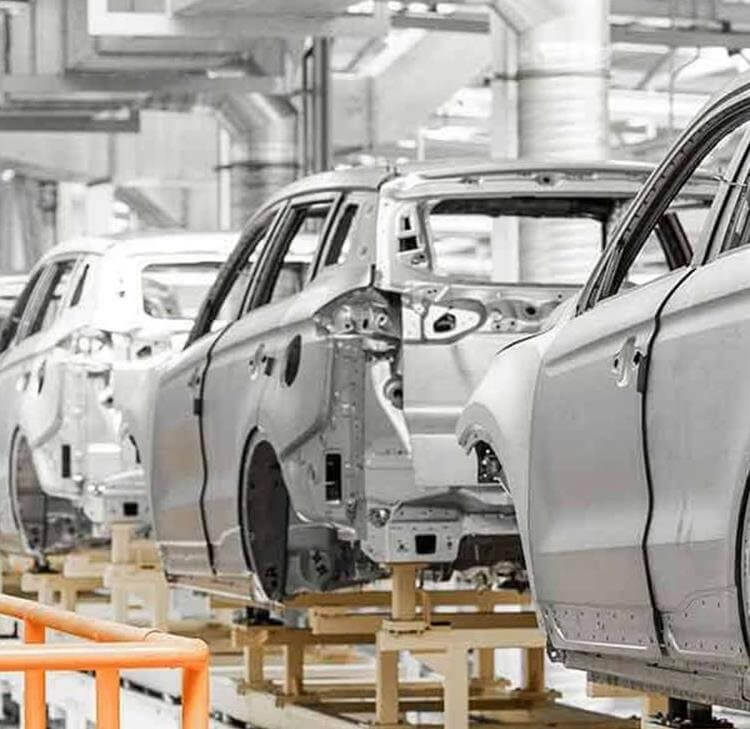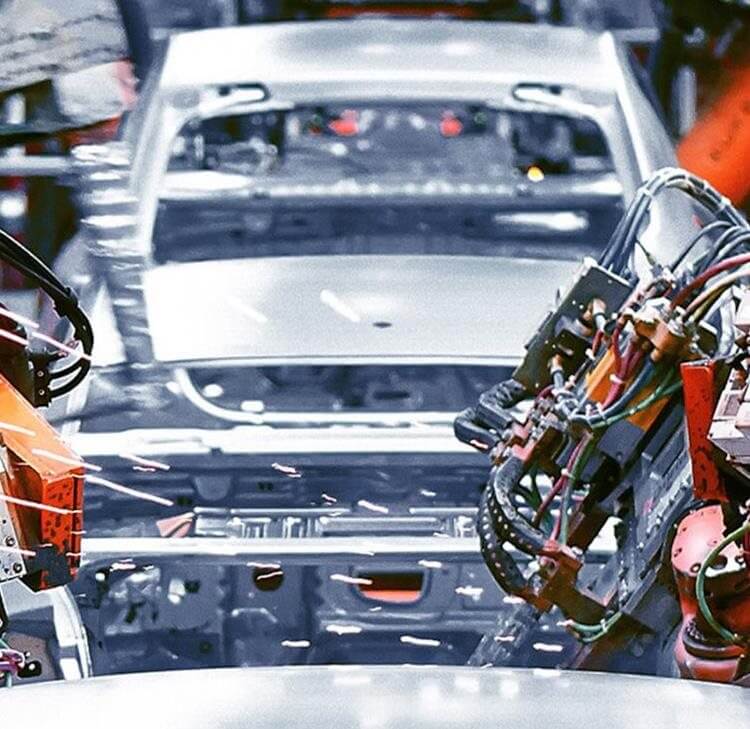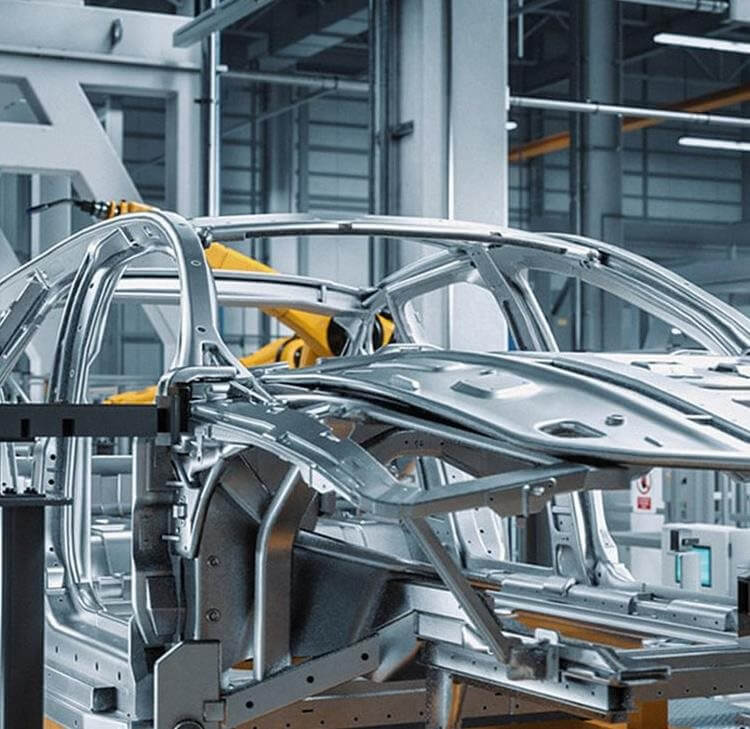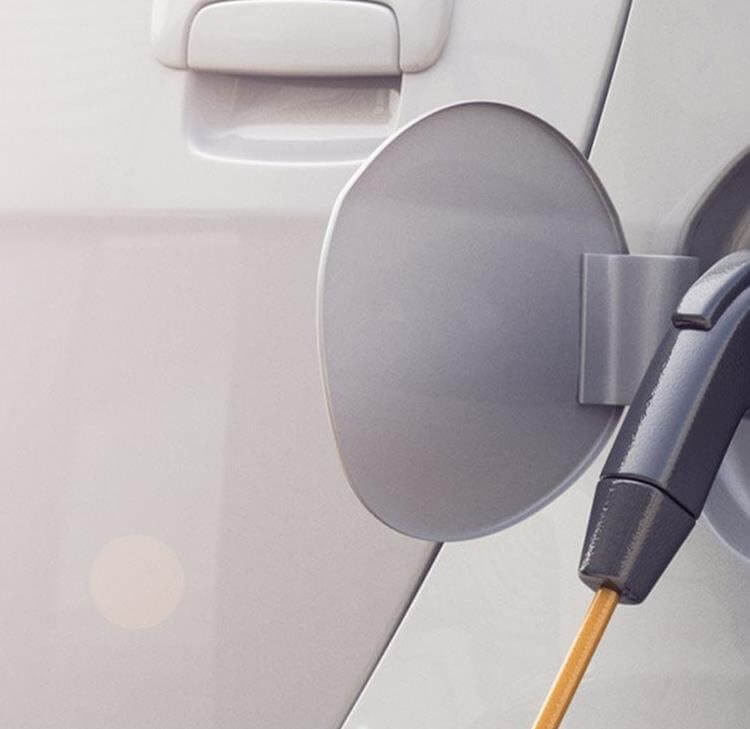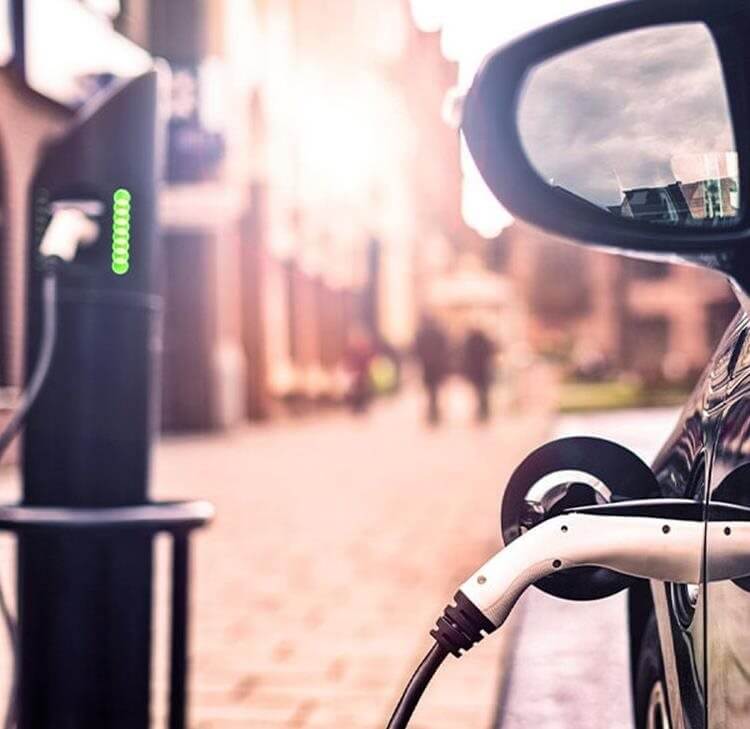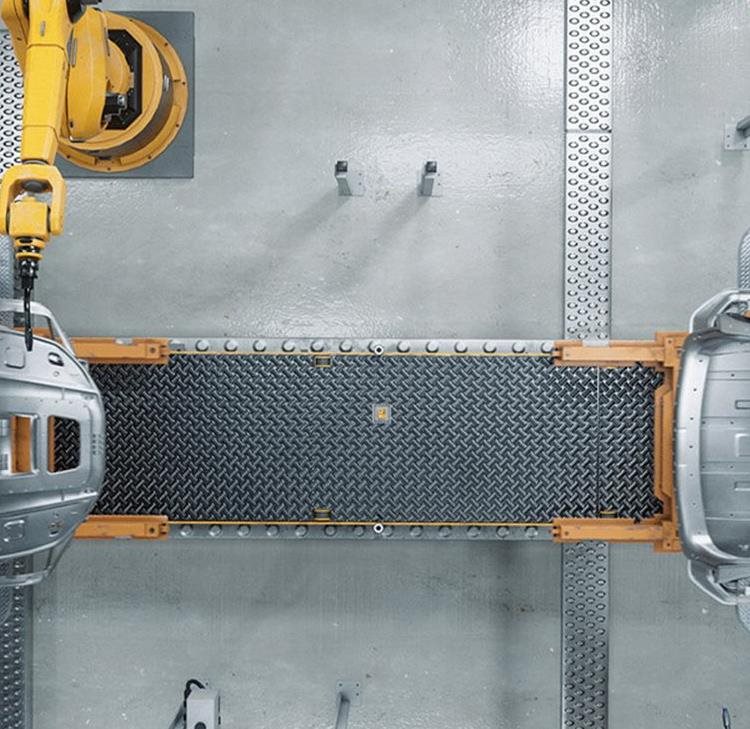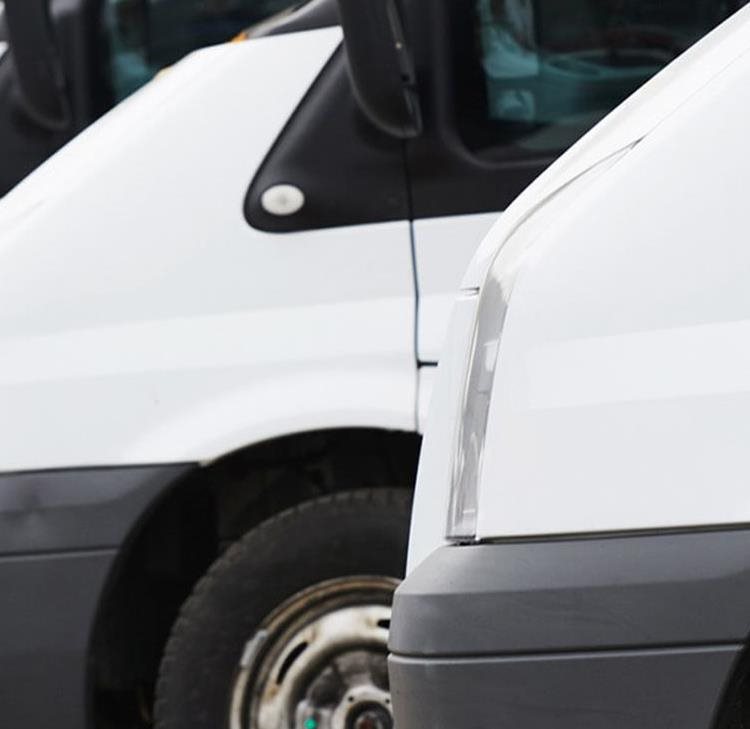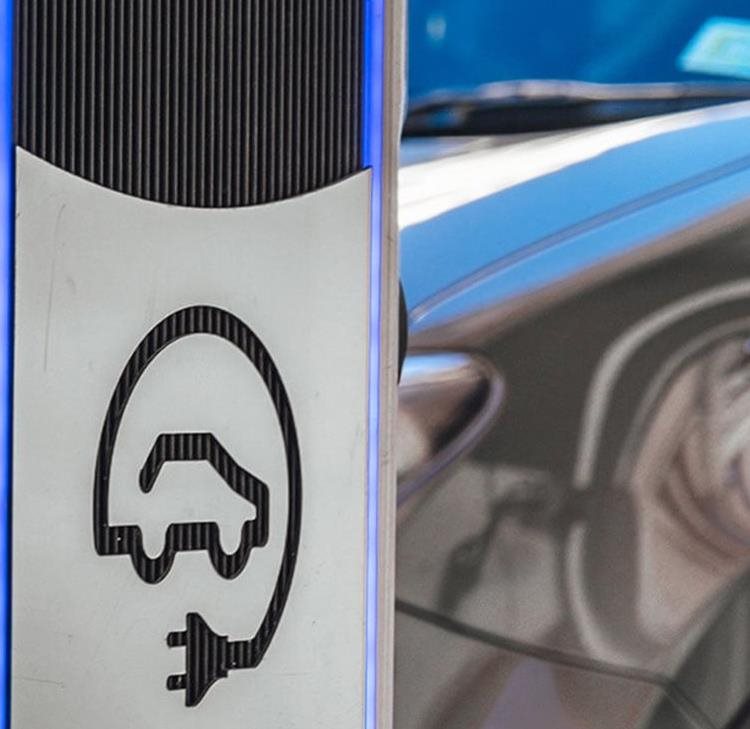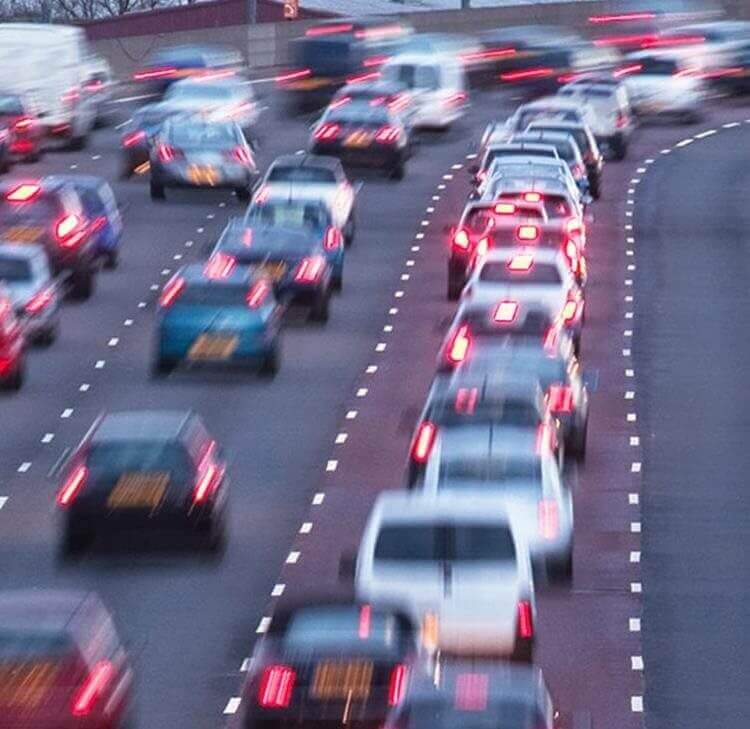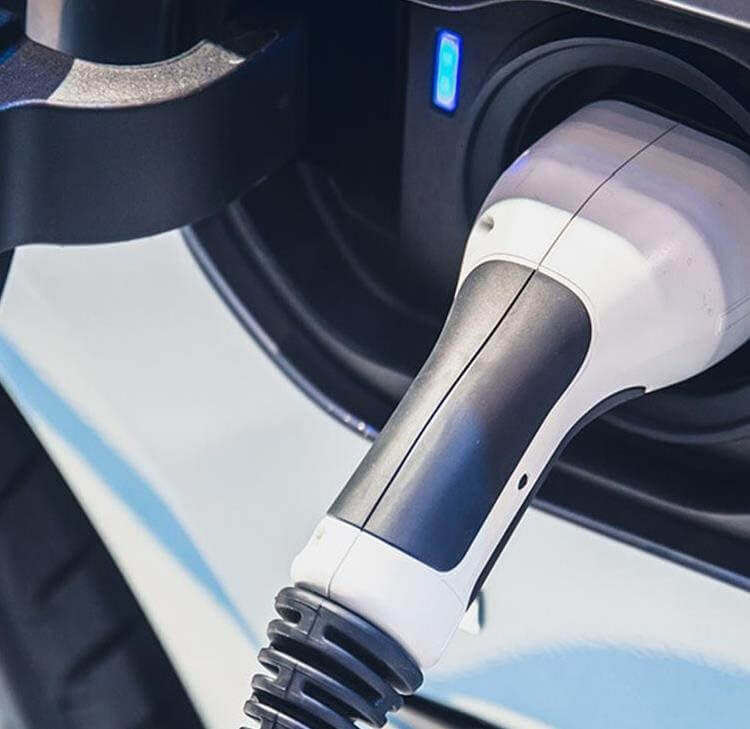Autonomous vehicles (AV), also known as self-driving cars or driverless cars, are a marvel of modern technology that have the capability to navigate and operate without human intervention.
Such vehicles merge the realms of automotive engineering and cutting-edge technological innovation, which require navigation through the complex tapestry of legal frameworks. They represent not just a leap forward in transportation but a bold reimagining of the future of mobility and everyday life, creating a new frontier at the very heart of technological innovation.
The journey of integrating autonomous vehicles into society is as much a legal and ethical endeavour as it is a technological one. It offers an opportunity to reform transportation, enhance safety, and improve efficiency, but it also requires careful consideration of the legal, social, and ethical implications.
The UK's interest in AV technology has been on an upward trajectory for over a decade, underscored by governmental support, legislative advancements, and significant investments in research and development.
The Automated Vehicles Act 2024
It is estimated that self-driving vehicles could be on British roads as early as 2026 following the landmark enactment of the UK’s Automated Vehicles Act 2024 (the AVA) on 20 May 2024. This pivotal legislation marks a significant leap forward in the UK's journey towards an autonomous future, setting the stage for the seamless integration of self-driving cars into the nation's transportation landscape.
This legislation signals the UK's commitment to being at the forefront of technological innovation and sustainability in transportation.
What is the AVA and why is it important?
The AVA is a cornerstone piece of legislation that addresses and paves the way for use of autonomous vehicles in Great Britain. The AVA implements the recommendations of the four year review of regulation for automated vehicles carried out by the Law Commission of England and Wales and the Scottish Law Commission published in 2018.
The AVA establishes a comprehensive framework to facilitate the safe development, deployment, and use of autonomous vehicles in Great Britain whilst aiming to address consumer confidence and legal liability concerns.
It is estimated that the AVA will boost both road safety and the UK’s economy. The AVA’s primary focus is enhancing road safety and reducing the number of deaths and injuries on the roads by minimising human error through technology. It also clarifies who is legally liable if an automated vehicle crashes.
The AVA inevitably introduces a variety of legal challenges. These range from determining who is at fault in accidents and following regulations (set out in the AVA including those related to driving standards and safety), to protecting personal data and intellectual property rights. Each issue brings its own set of questions and solutions, making the legal side of automated vehicles as important as the technology itself.
What is a self-driving vehicle?
The AVA applies to vehicles designed or modified for the purpose of being self-driving. Essentially, a vehicle must be equipped or modified with technology that enables it to travel autonomously, ensuring it can do so both safely and within legal boundaries.
To determine if a vehicle is capable of traveling autonomously and safely, a set of Safety Principles (Principles) will be enforced under the AVA. The Secretary of State must prepare the Principles that the Secretary of State proposes to apply in assessing whether a vehicle is capable of travelling autonomously and safely.
The aim of these Principles is twofold:
- firstly, to guarantee that the safety level of automated vehicles matches or surpasses that of careful and competent human drivers and road safety in Great Britain; and
- secondly, to enhance road safety in Great Britain through the deployment of approved automated vehicles, compared to scenarios without the presence of automation.
Vehicles will only be authorised if they are at least as safe as a careful driver and will enhance road safety.
Regulatory scheme under the AVA
Part 1 of the AVA establishes a regulatory scheme for the authorisation of self-driving vehicles in Great Britain. The scheme differentiates between fully autonomous systems and those created to aid drivers like lane keeping or cruise control features. Only systems capable of complete autonomous operation undergo a detailed assessment process to verify their adherence to safety requirements. In assessing whether a vehicle is capable of travelling autonomously and safely, the Secretary of State must have particular regard to the Principles.
The scheme identifies ‘authorised self-driving entities’ (ASDE) (which will typically be the manufacturer or developer of the vehicle) as being responsible for the safety of self-driving systems at all times. Qualifying autonomous vehicles need to be put forward for authorisation as being ‘self-driving’ by ASDEs before they can be lawfully made available for use. The vehicles must essentially pass a self-driving test to be authorised. The AVA sets out that ASDEs may be held responsible for accidents that happen while the vehicle is in self-driving mode. This essentially moves the legal responsibility from human drivers to automated systems.
Licensing of operators for vehicle use without user-in-charge
The AVA introduces the notions of user-in-charge and no-user-in-charge. For vehicles operating without a user in charge, the AVA requires a licensed non-user-in-charge operator. The operator's role encompasses overseeing vehicle maintenance, ensuring proper insurance coverage, and guaranteeing the safe operation of the vehicles. This responsibility is akin to that of traditional vehicle operators but is adapted to suit the specific requirements of automated systems. Additionally, the AVA acknowledges that when an authorised automated feature is activated, a human within the vehicle will be granted immunity from prosecution for offences related to the vehicle's driving manner.
Provision of information by regulated bodies
To guarantee the effectiveness of the safety framework, the AVA creates accurate information gathering and monitoring powers for the Secretary of State. Alongside these powers are specific criminal offences for false or misleading representations and non-disclosure of information that could impact vehicle safety.
Criminal liability
The AVA provides that once a self-driving vehicle has been authorised, the ASDE may be responsible for accidents that happen during self-driving mode. Where there is a non-user in charge operator, it may be held responsible for detecting and responding to problems which the vehicle cannot handle. The AVA provides that users travelling in an autonomous vehicle controlled by a non-user in charge operator may not be held liable for certain offences arising from the vehicle's operation, provided the user meets specific qualifications (e.g. they are not intoxicated or asleep).
Traditionally, the responsibility for traffic offences rests with the human driver controlling the vehicle. However, automated vehicle manufacturers (as well as the entities that design, develop and implement the self-driving technology) could be liable for traffic offences which take place whilst a vehicle operates in self-driving mode and should be alive to this risk. Manufacturers should carefully consider the complex legal implications and potential liabilities associated with their self-driving technology.
Marketing restrictions
The AVA introduces stringent control on the marketing of automated vehicles ensuring that only authorised vehicles are advertised as self-driving. This measure aims to eliminate any potential confusion among drivers regarding what constitutes a truly autonomous vehicle. These restrictions are important as technology continues to be developed in this area. These restrictions could encompass certain words, expressions symbols and marks being reserved for marketing authorised automated vehicles. The Secretary of State is yet to set out these restrictions. The AVA prohibits misleading marketing practices and creates new offences in respect of these restrictions.
The EU perspective
The EU Artificial Intelligence Act (EU AI Act) which came into force on 1 August 2024, is intended to provide a comprehensive legal framework for the development, placing on the market, and use of artificial intelligence in the EU.
Automation in road transport is a key topic of the European Commission's agenda. The European Union views the advancement of vehicle automation as a potential benefit for improving road safety given that human error is a key factor in the majority of road traffic accidents in the EU. However, the EU AI Act places autonomous driving technologies in the 'high-risk' category of AI systems. This designation means that autonomous vehicles will be subject to more rigorous regulations, including enhanced risk management measures, robust data governance, comprehensive technical documentation, stringent accuracy requirements and enhanced transparency obligations.
The EU already has a framework in place for European vehicle type approval of vehicles - Vehicle Type-Approval Regulation (EU) 2018/858. This framework enables manufacturers to obtain approval for a new vehicle type in any EU member state, as long as the vehicle meets the EU's technical standards. Since then the EU has continued to develop this framework. For example, in February 2019, the European Commission issued guidelines for the exemption process from EU approval for automated vehicles. These guidelines permit the approval of technologies not yet covered by existing EU vehicle regulations through the EU exemption process. These guidelines are to be updated annually to reflect advancements in technology. The guidelines focus on automated vehicles that can drive themselves in a limited number of driving situations.
Additionally, it is worth highlighting that from July 2024, the EU mandates the inclusion of certain automated safety features in new vehicle types thanks to the EU General Safety Regulation. These features include advanced emergency braking detecting cars, pedestrians and bicycles and lane-keeping assistance. Measures being progressively introduced between July 2024 to January 2029 include safety glass and advanced driver distraction further underscoring the EU's commitment to enhancing road safety through technology.
Going forward
The integration of cutting-edge technology in the form of autonomous vehicles presents a transformative opportunity for the transportation sector in the UK. The AVA heralds a new era, presenting a diverse array of opportunities and challenges across various sectors.
The AVA underscores the importance of safety, building public trust and ensuring accessibility thereby laying a solid foundation for the advancement of autonomous vehicles in the UK. Nonetheless, the road ahead is fraught with challenges including enforcing rigorous safety protocols, tackling cybersecurity threats and the necessity for responsive legal and regulatory frameworks.
As technology evolves, so must the legislation that govern its use to ensure they remain relevant and effective in protecting both the public and the integrity of the transportation sector. It is a multifaceted challenge but one that holds the promise of reshaping the future of transportation in the UK through technological innovation.
Discover more
You may be interested in
Legal Update
Autumn Budget 2025 sector predictions: Retail
Guide
Counterfeit automotive parts: Car manufacturer and dealer risks
Press Release
Browne Jacobson advises Phenna Group as it expands its presence in Ireland
Opinion
Motor injury claims on the rise in European markets
Legal Update - Retail law roundup
Retail law roundup: September 2025
Legal Update
Exploring bi-directional charging: The future of EV technology
Legal Update
A spotlight on motor insurance claims costs
Legal Update - Retail law roundup
Retail law roundup: August 2025
Legal Update
Admiral sets aside £50m for customer compensation
Legal Update
English Devolution Bill: Is it the end of upwards-only rent reviews?
Legal Update
Compliance obligations under the EU Batteries Regulation
Legal Update
Anticompetitive practices in Ireland's motor industry under scrutiny by the CCPC
Legal Update
Government plans to ban upwards only rent reviews catch everyone by surprise
Legal Update
Distribution in the UK and the EU
Legal Update - DMCC Act
The DMCC Act and consumer protection: Unfair commercial practices
Legal Update - DMCC Act
The DMCC Act and consumer protection: Investigation, fines and other measures which the CMA can take
Legal Update - DMCC Act
The DMCC Act and consumer protection: Misleading pricing and drip pricing
Guide - Autonomous vehicles
Autonomous vehicles in the UK: Where are we now?
Press Release
US-UK trade deal: Reaction from Browne Jacobson lawyers
Legal Update
Advertising trends: Influencers, intellectual property and image rights
Legal Update
US tariffs: Implications for the UK automotive sector and practical steps for businesses
Legal Update
Navigating the road ahead: Fate of the UK’s automotive EV market in 2025 and beyond
Legal Update
UK court clarifies copyright protection for "works of artistic craftsmanship"
Legal Update - Autonomous vehicles
The future of transportation: The UK's approach to automated vehicles
Press Release
Corporate sector: 2025 predictions
Legal Update - Autonomous vehicles
When roads diverge regulating autonomous vehicles: EU v UK approaches
Legal Update
Insurability by design: Increased transparency for vehicle manufacturers and insurers
Legal Update
Delivering EV charging infrastructure: The local government perspective
Guide
Guidance for manufacturers of EVs and HEVs in the UK: ASA's non-exhaustive electric vehicle advertising guidance
Legal Update - Autonomous vehicles
Changing lanes: Automated Vehicles Act 2024 becomes law
Legal Update - Autonomous vehicles
Update: Further debates on the Automated Vehicles Bill in the House of Lords this month
Legal Update - Autonomous vehicles
King’s Speech gives the green light for autonomous vehicles
Opinion - Autonomous vehicles
An Update on Autonomous Vehicles and the Transport Bill
Legal Update
The future of autonomous technology - August 2023
On-Demand - Autonomous vehicles
'Autonomous vehicles: what the future holds' on-demand
On-Demand
NSIA: the thorn in the side of M&A?
On-Demand
Automotive webinar - EV charging points: contractual and liability issues to be aware of
On-Demand
Automotive webinar - Grant Funding and Collaboration Agreements
In this session, we examined the legal framework around grant funded collaborations and discussed the key risks to be aware of, including IP ownership and compliance with grant terms.
On-Demand
Automotive webinar - Commercial Contracts
Published Article
The problematic transition to electric vehicles - what is the impact on manufacturing
It was reported in May 2022 that the BMW-owned manufacturer had been forced to put a temporary stop on the production of all manual transmission vehicles due to the global semi-conductor shortage and the war in Ukraine. Mini stated that the move was made in order to "ensure production stability".




